
Have you ever considered hosting a Family Folk Dance Night at your school? I did last spring and it was hands down one of the best nights of the school year! I’m sharing how I planned the night, communicated it to our parents, and got over 100 children and parents dancing for over an hour!
Planning Your Family Folk Dance Night
Our school has a rich tradition of hosting a Heritage Week each spring. The week-long celebration is designed for students to explore their heritage and family traditions. In year’s past, we’ve hosted student performances, guest performers, and a celebration with food from around the world. This past year, we wanted to scale it back a bit and find ways for our families to come together through music. That is when Family Folk Dance Night began!
In planning for your night, I would think about these things:
- Make sure you have a space large enough to dance. The gym would be the most ideal spot
- Make sure you have taught folk dance to your students in your music class. My older students were familiar with most of the dances I chose, which made teaching the dances to parents and younger siblings much easier.
- Make sure you have an adequate sound system to play the music. You will also want a mic so that you can call out the dances.
- Depending on the size of your school, you may want to consider breaking your Family Folk Dance Night into two different times. This will help in two ways – it will minimize the amount of bodies dancing at one time and will allow you to teach easier, beginner dances to the younger students and more challenging dances to the older students.
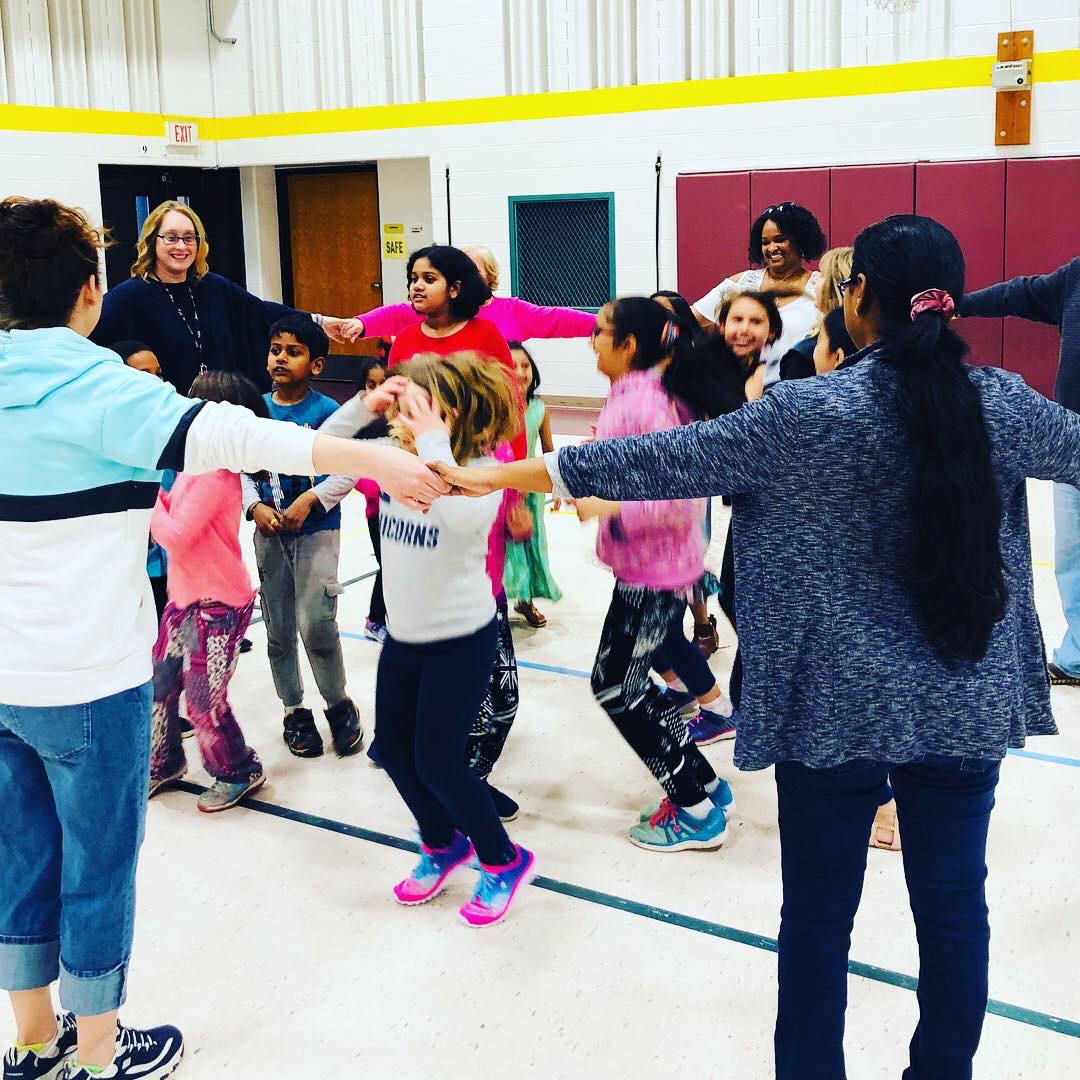

Choosing Your Dances
Depending on how you structure your evening, you will want to have a variety of dances to teach. We didn’t ask families to sign up for the event, so I had no idea who would show up. As it was our first time hosting a Family Folk Dance Night, I chose 5-6 dances for both lower elementary students and 5-6 dances for upper elementary students. As it turned out, I had about an even mix of upper elementary vs. lower elementary students.
Start simple! Even if your students have danced with you, your parents have not! Start with simple circle dances and move to progressively harder dances each time. Teach the dances just like you teach them in your classroom. Walk families through each dance step-by-step, putting steps together into sequences before doing the entire dance. For more difficult dances, consider having a student group demonstrate the dance before teaching it (I highly suggest this for long-way sets).
Lastly, talk to your students before the event! Do you have students from other countries? Would they consider demonstrating a folk dance from their country? I was teaching a Misirlou, when one of my students shared that they dance the Misierlou at weddings. Her father was an Armenian musician with many recordings. She led the Misirlou at our Family Folk Dance Night with one of her father’s songs played in the background. Why not honor the heritage and traditions of the families?
Final Thoughts
Make sure you communicate to parents that this is not a performance! Many parents came in asking about chairs and stood on the perimeter of the gym. I explained that every child would need a parent partner (especially those little ones). Parents reluctantly came to the floor and by the first dance, everyone was laughing and smiling. One father came to me at the end of the evening and told me that he had “the best time ever dancing with his daughter!”
Looking for some great resources for folk dance and movement activities for your classroom? Check out these posts!




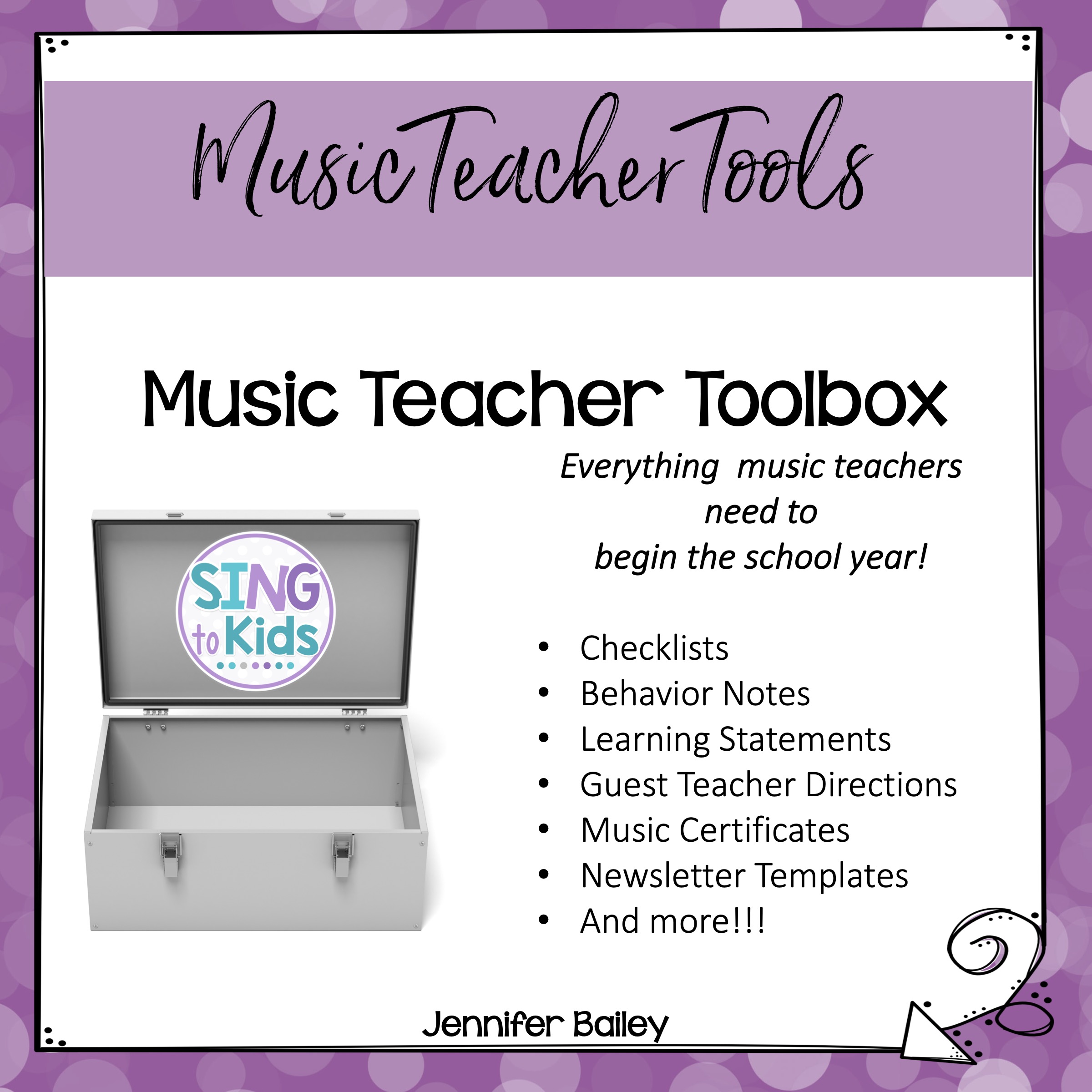

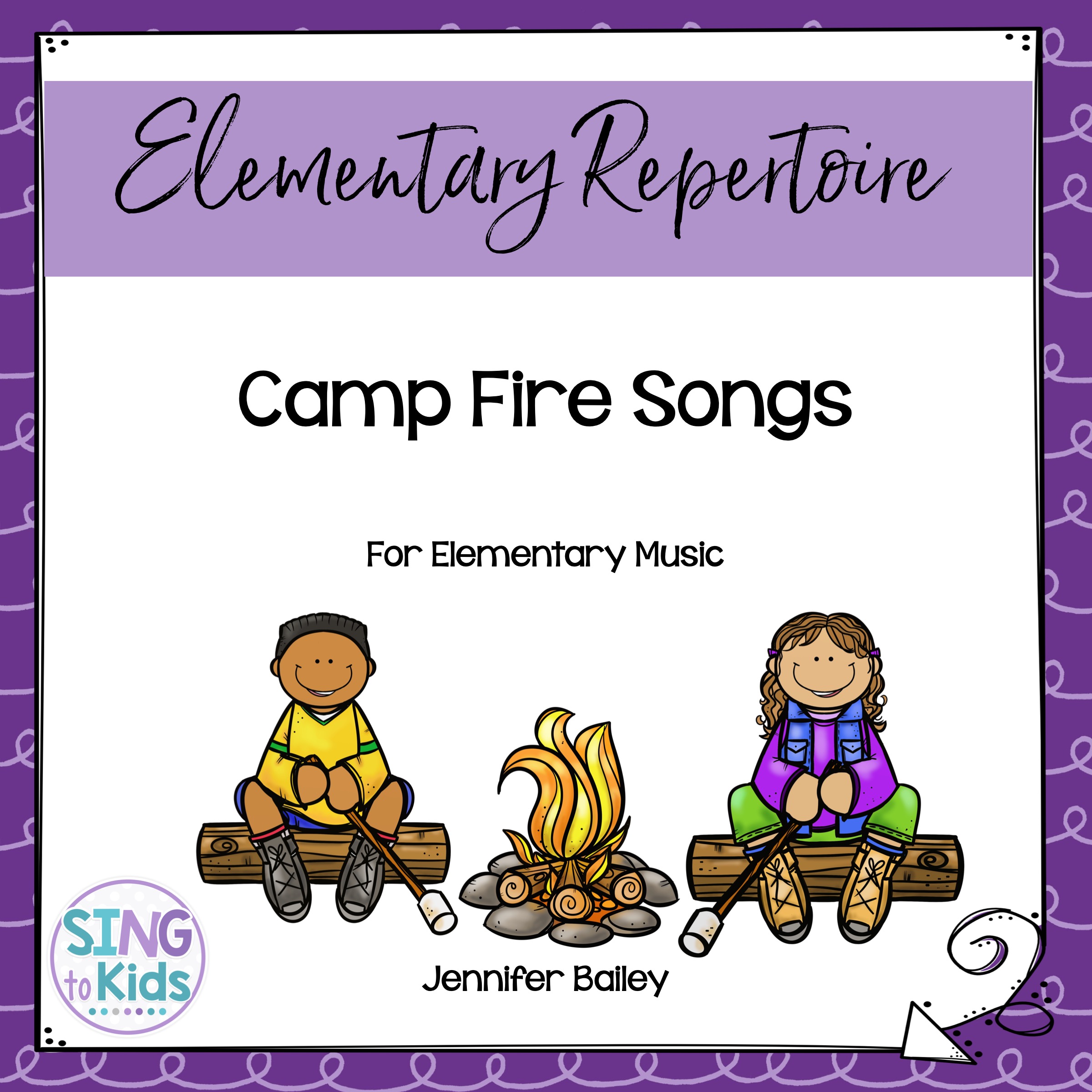
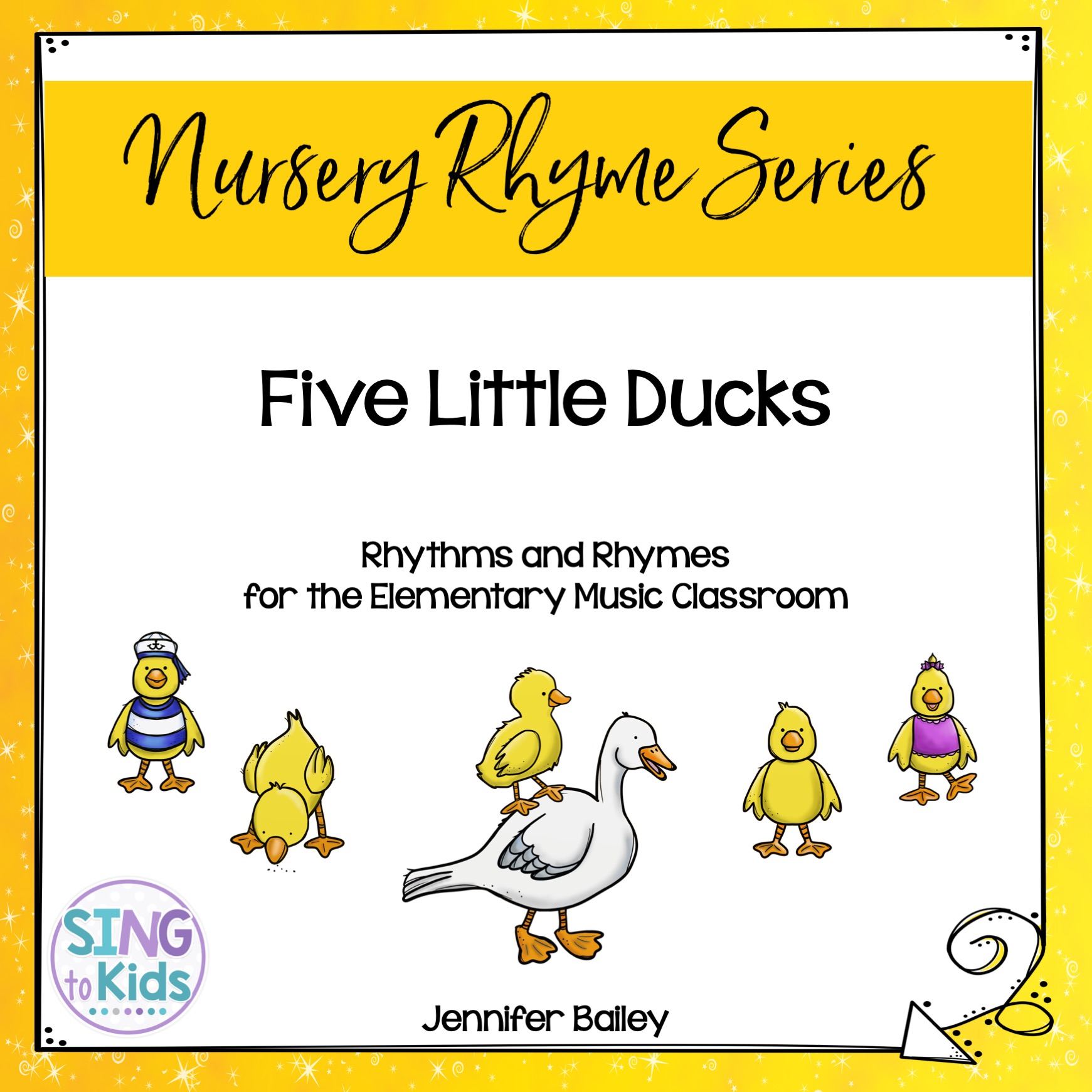
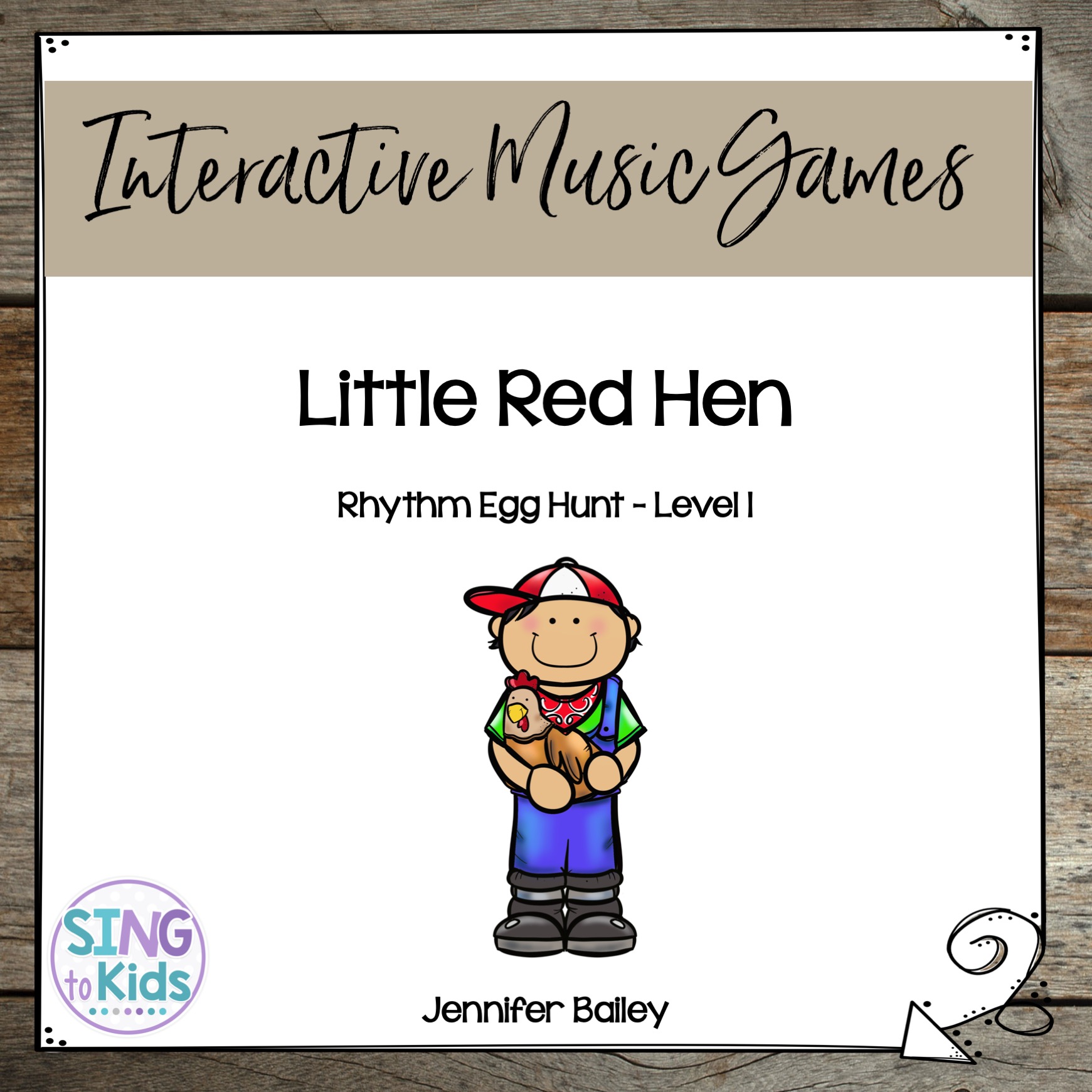
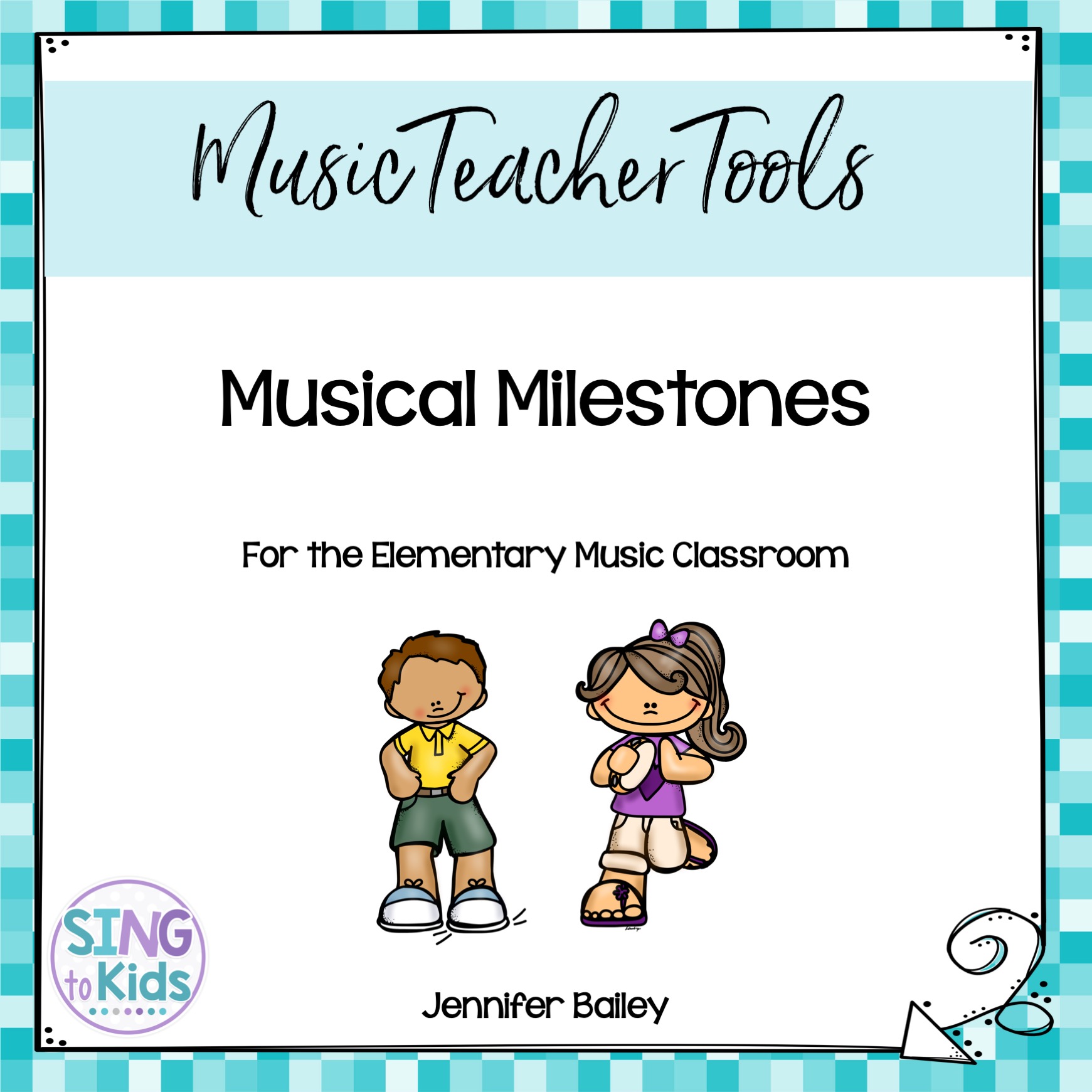
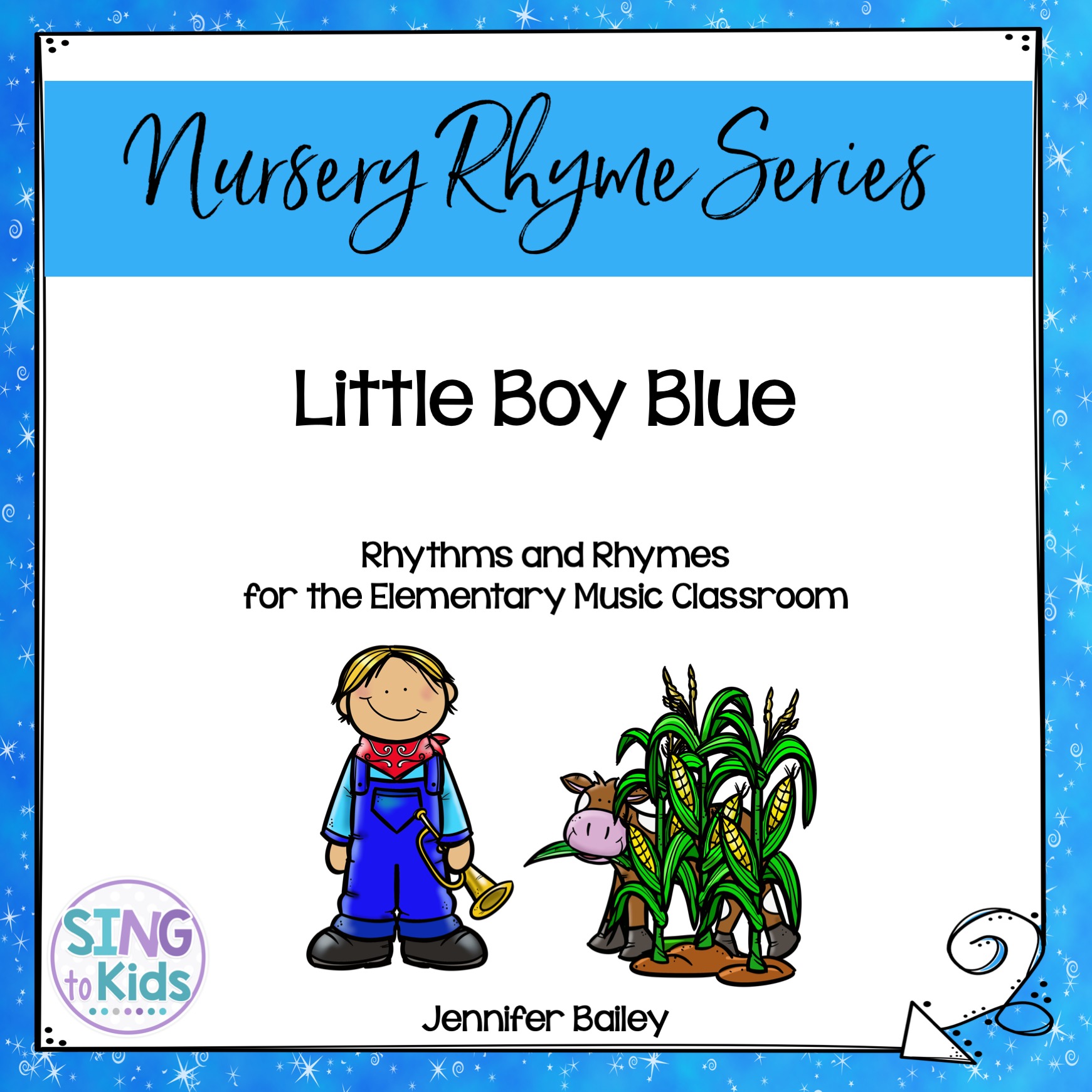
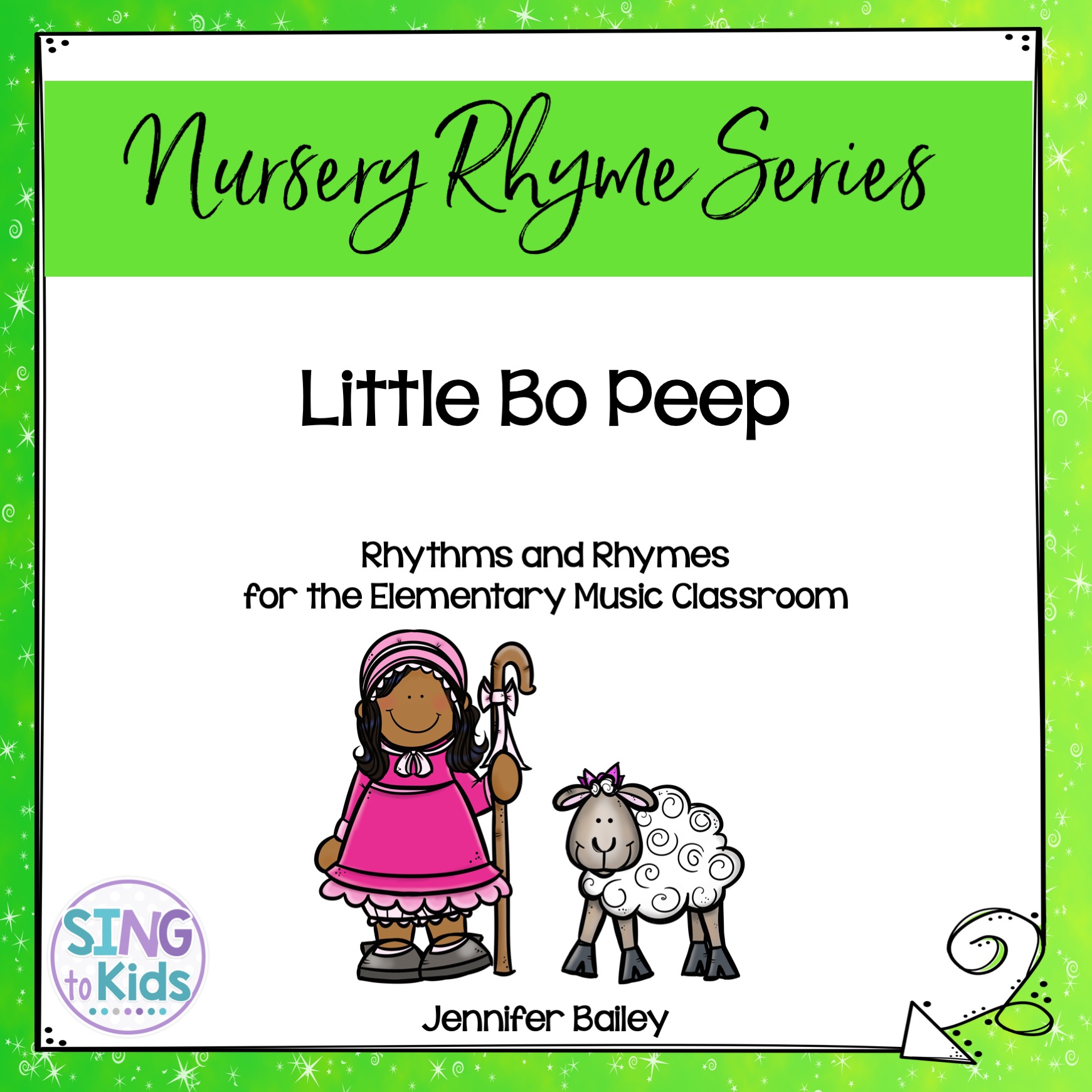
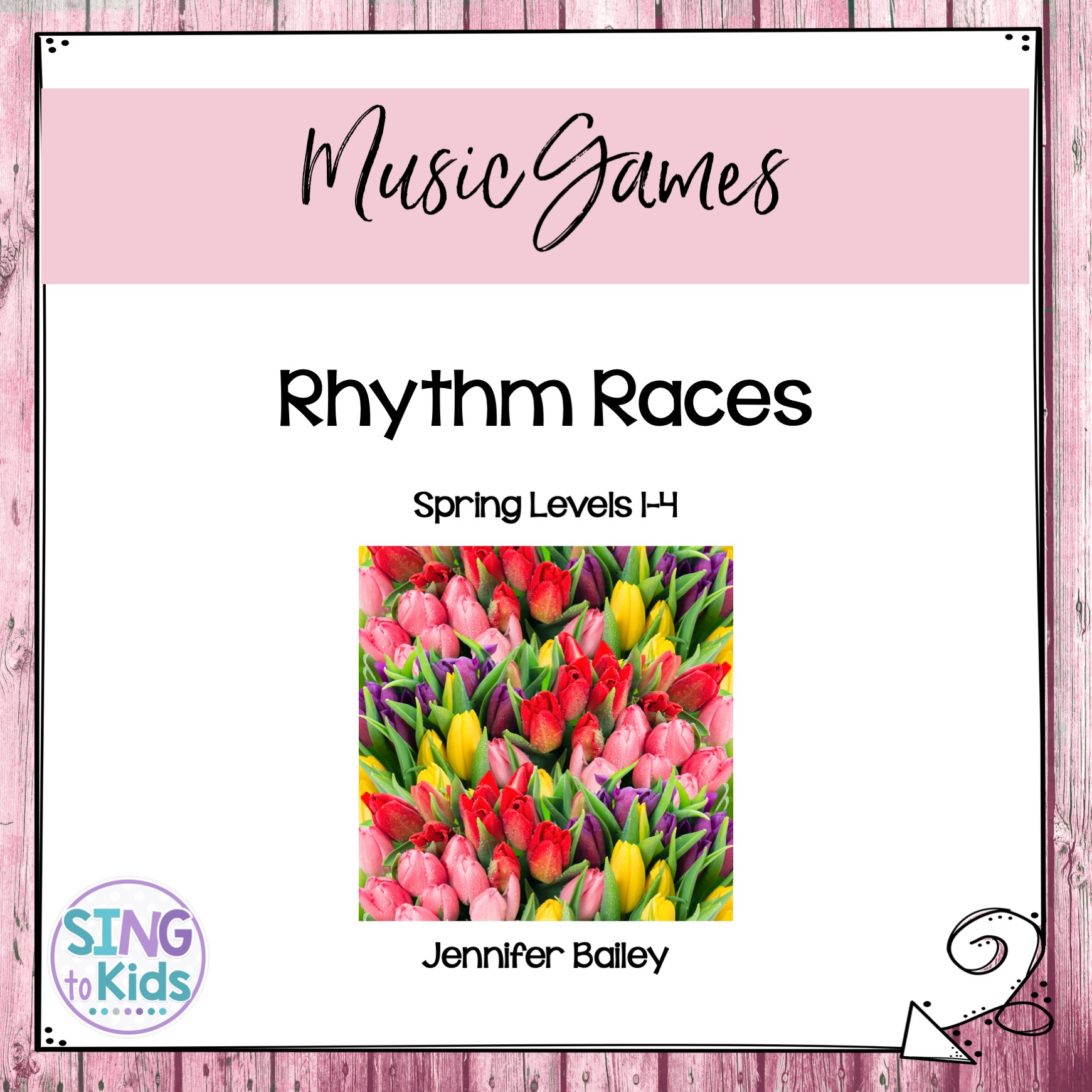
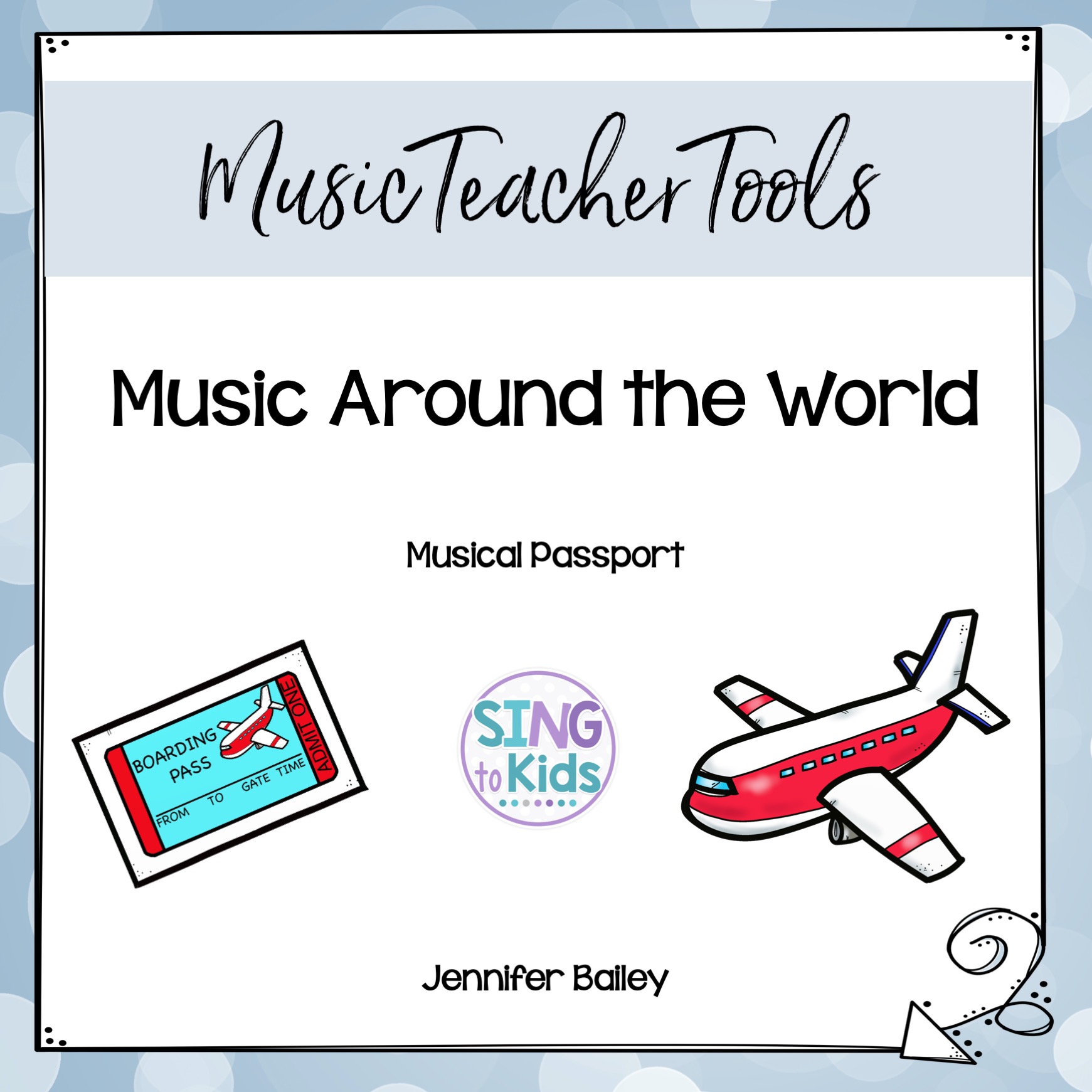
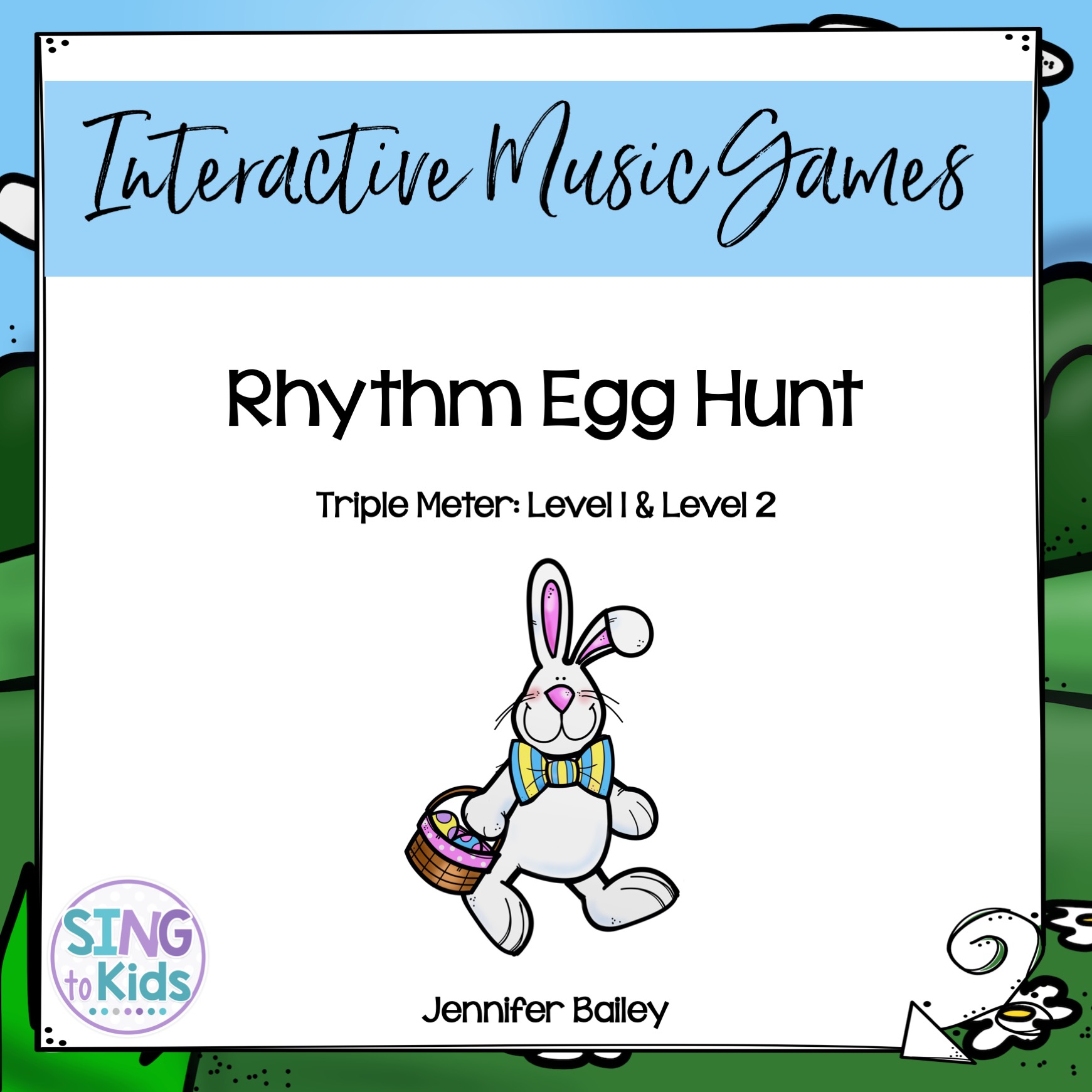
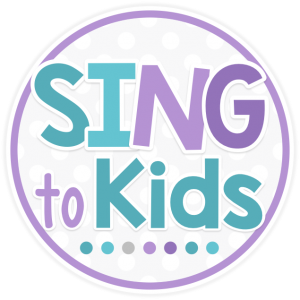
Connect with me!